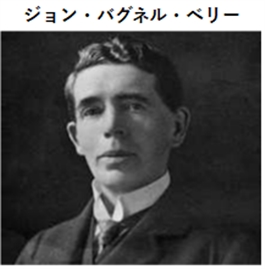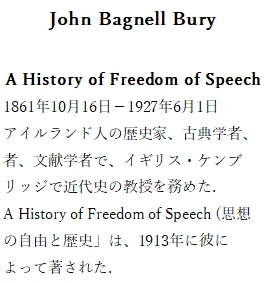② A HISTORY OF FREEDOM OF THOUGHT part2

パブリックドメイン

第1回目の続きで A HISTORY OF FREEDOM OF THOUGHT 冒頭個所を2つのパートに分けた2回目.
A HISTORY OF FREEDOM OF THOUGHT (抜粋) part 2
The average brain is naturally lazy and tends to take the line of least resistance. The mental world of the ordinary man consists of beliefs which he had accepted without questioning and to which he is firmly attached; he is instinctively hostile to anything which would upset the established order of this familiar world. A new idea, inconsistent with some of the beliefs which he holds, means that the necessity of rearranging his mind; and this process is laborious, requiring a painful expenditure of brain-energy. To him and his fellows, who form the vast majority, new ideas, and opinions which cast doubt on established beliefs and institutions, seem evil because they are disagreeable.
The repugnance due to mere mental laziness is increased by a positive feeling of fear. The conservative instinct hardens into the conservative doctrine that the foundations of society are endangered by any alternations in the structure. It is only recently that men have been abandoning the belief that the welfare of a state depends on rigid stability and on the preservation of its traditions and institutions unchanged. Wherever that belief prevails, novel opinions are felt to be dangerous as well as annoying, and any one who asks inconvenient questions about the why and the wherefore of accepted principles is considered a pestilent person.
解説と訳文は、4.解説編の 2. A HISTORY OF FREEDOM OF THOUGHT part2 解説 をご確認下さい.
